Answered step by step
Verified Expert Solution
Question
1 Approved Answer
44. What is the result when a macrophage or dendritic cell phagocytizes a microbe and processes it? A) suppression of the immune response to
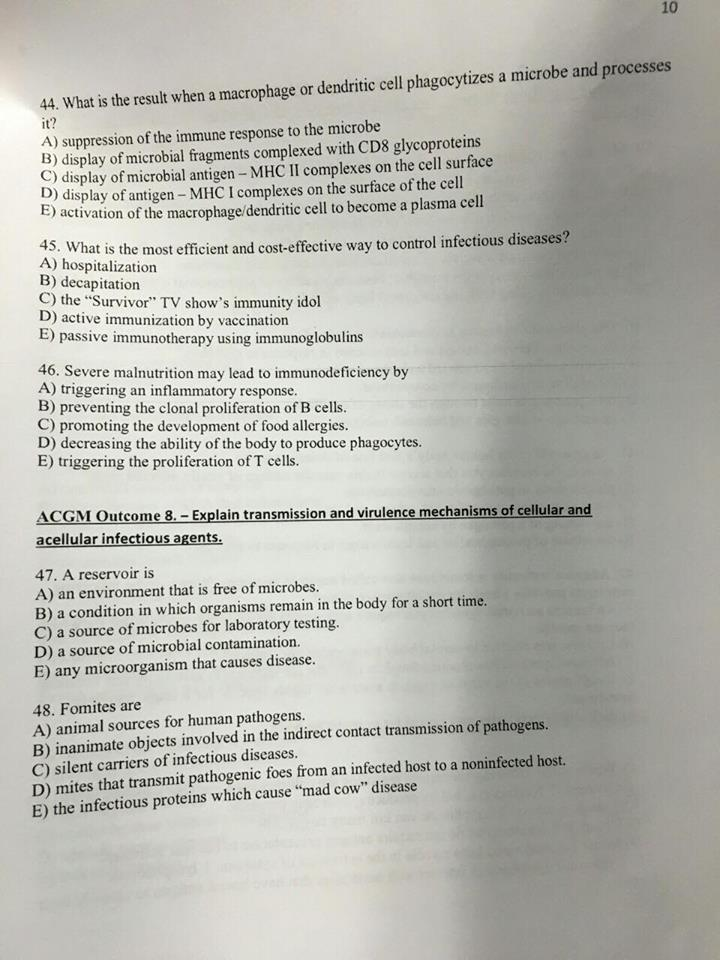
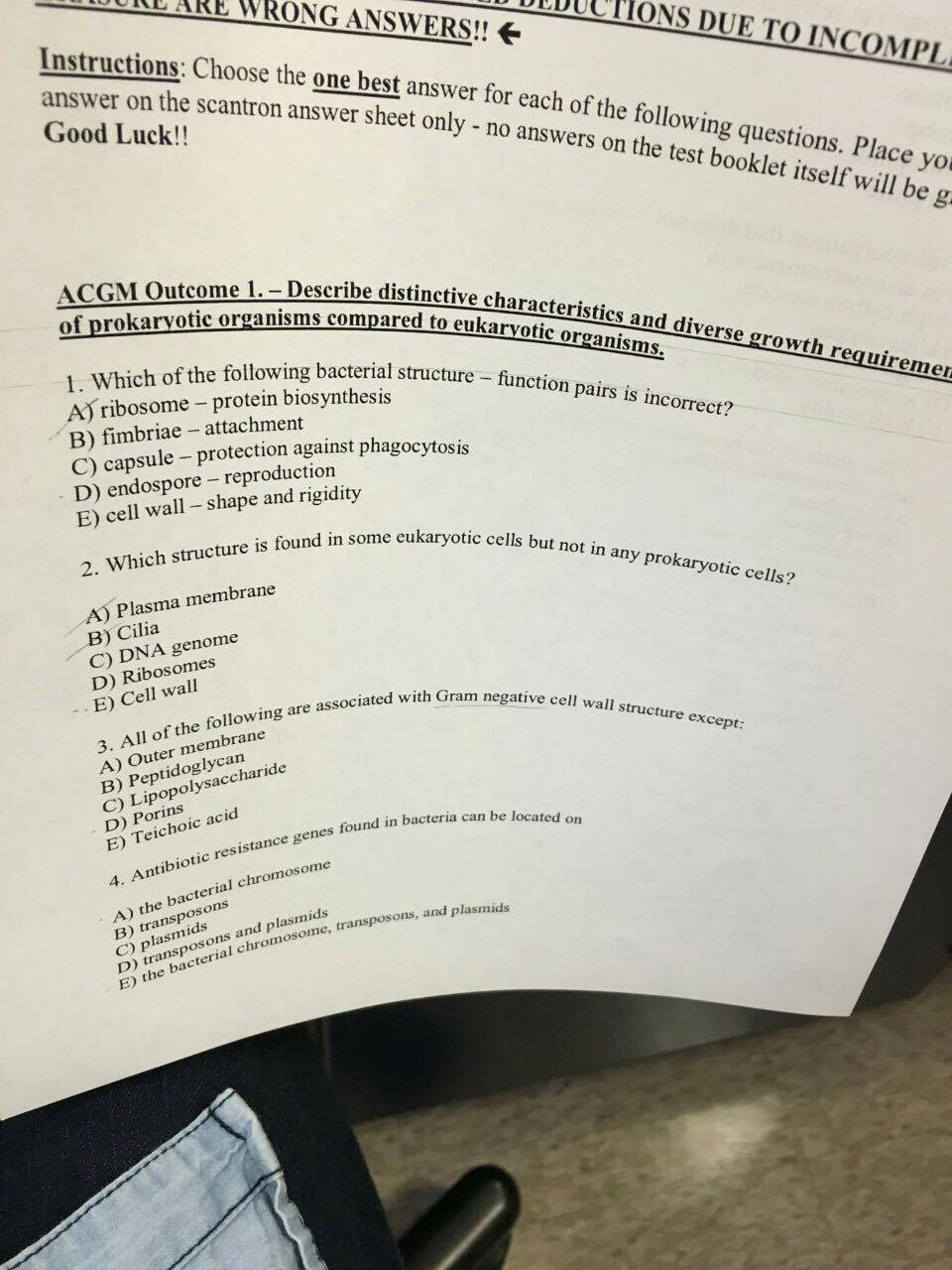
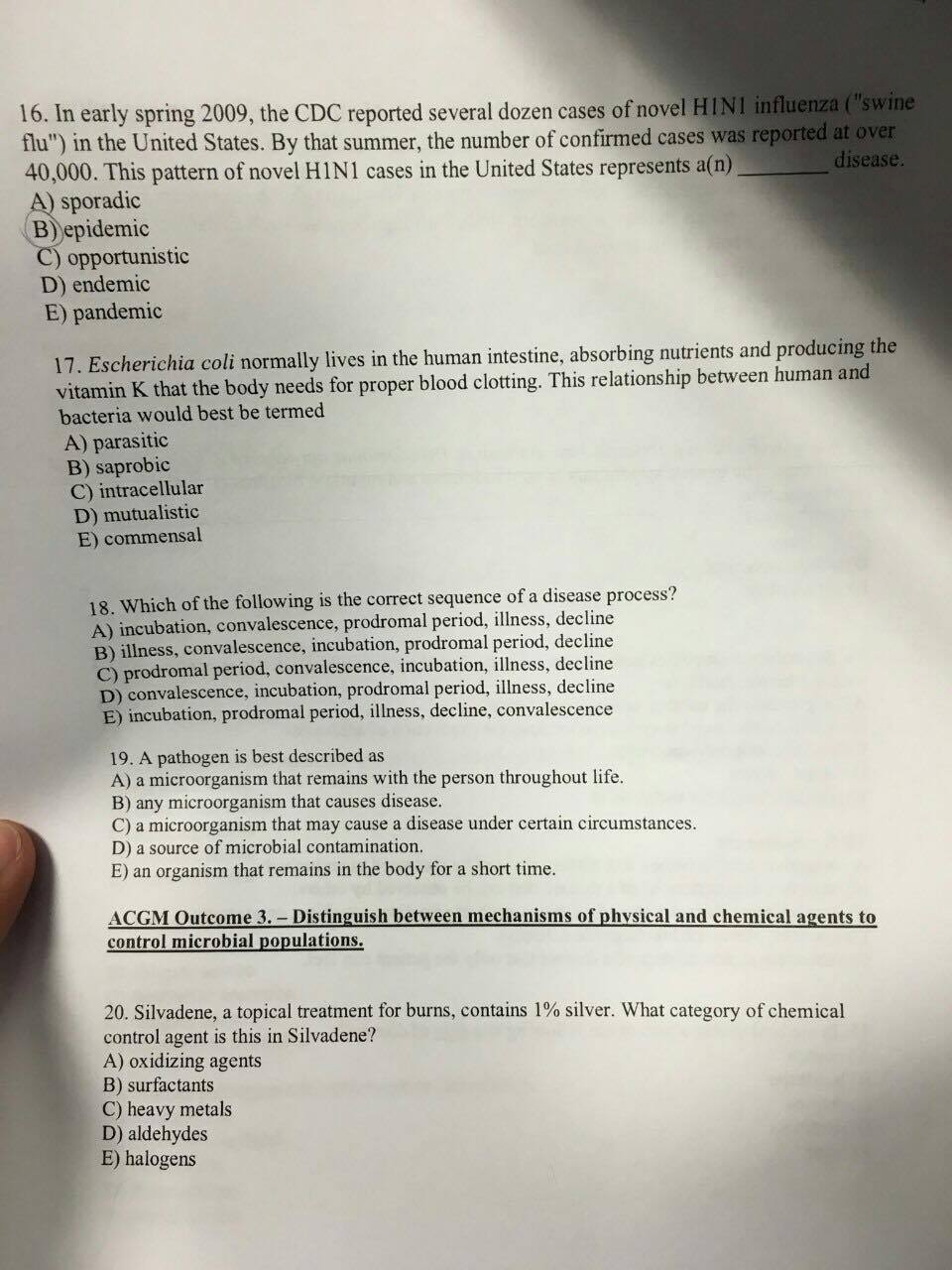
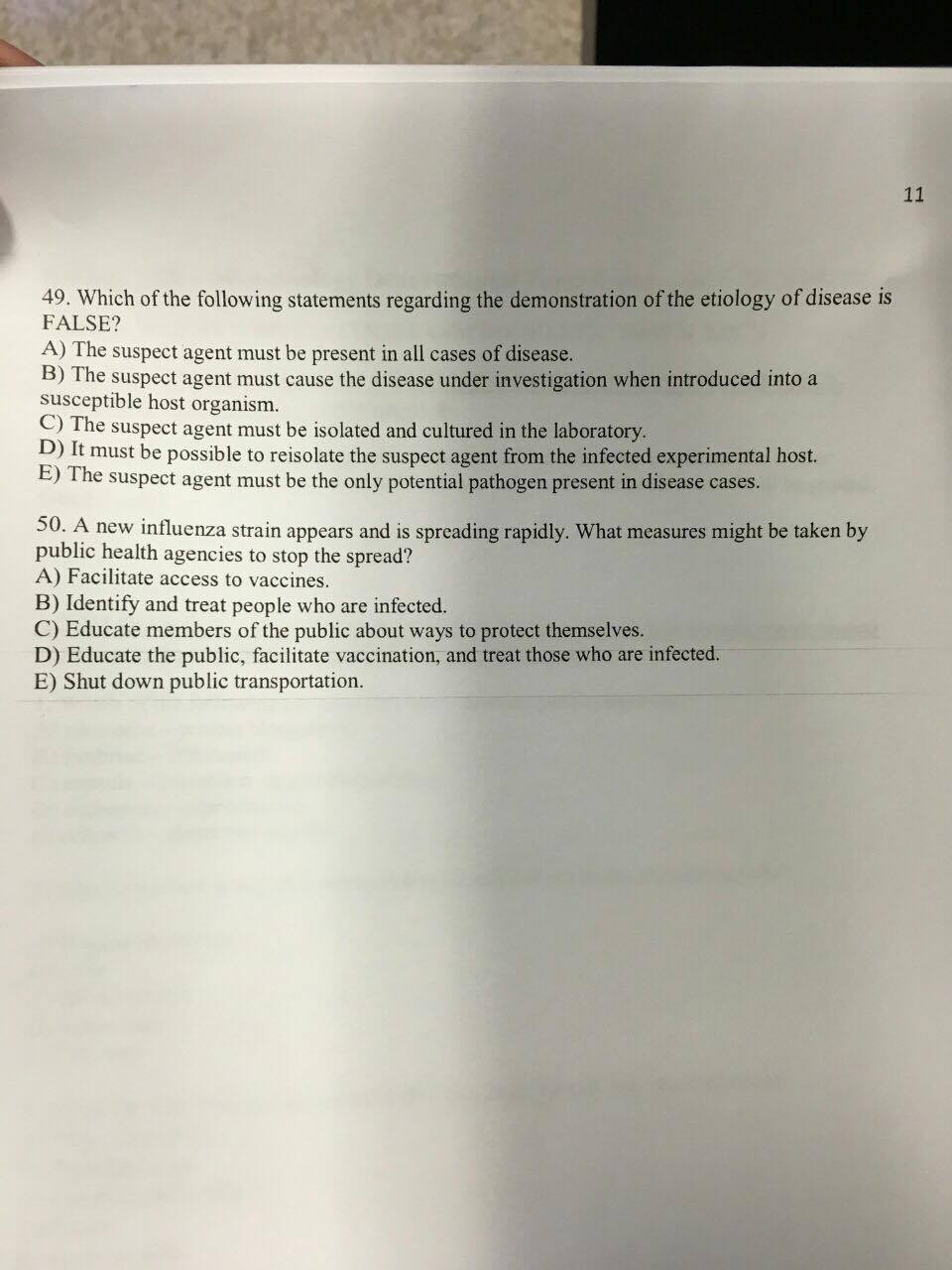
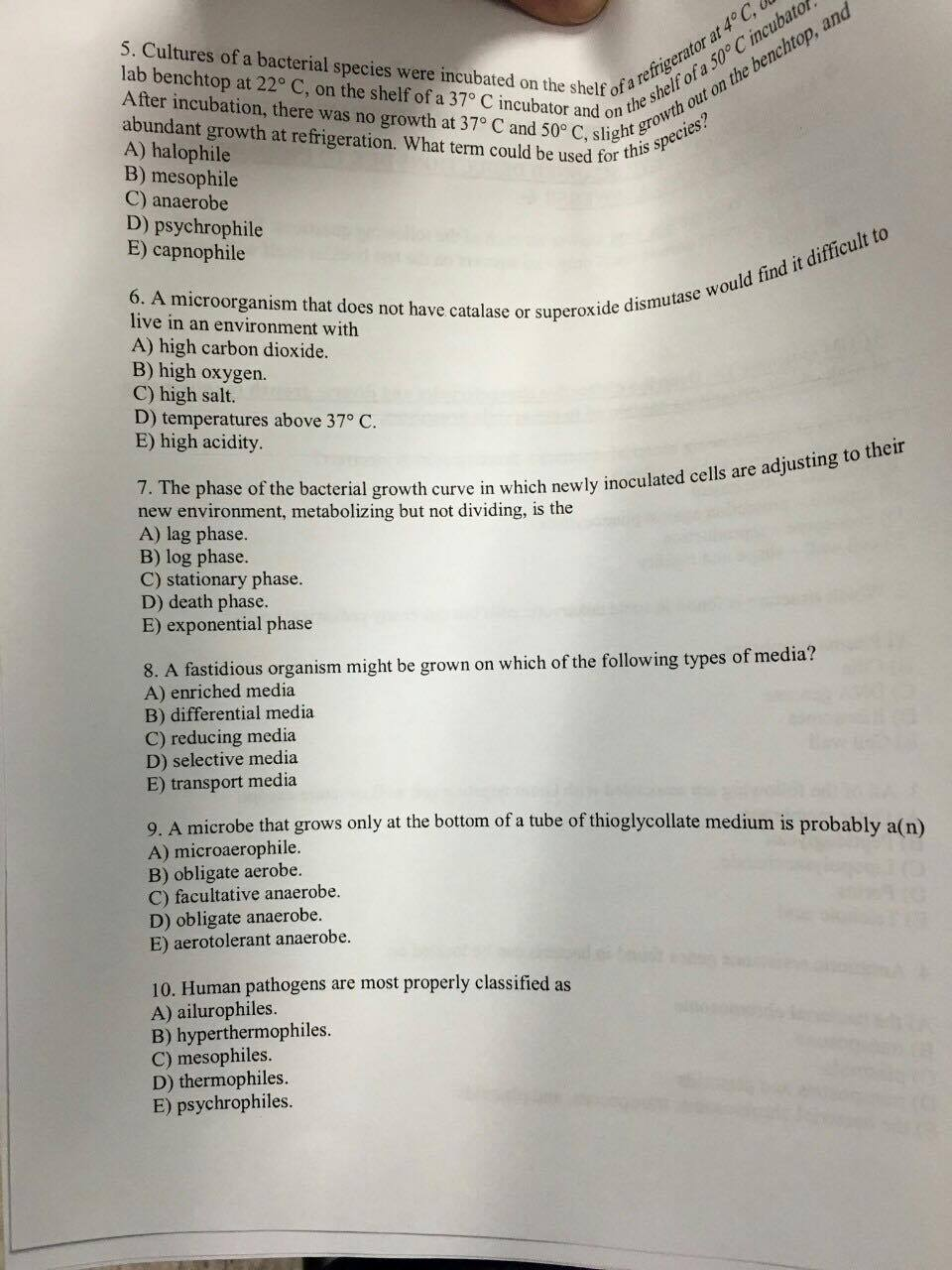
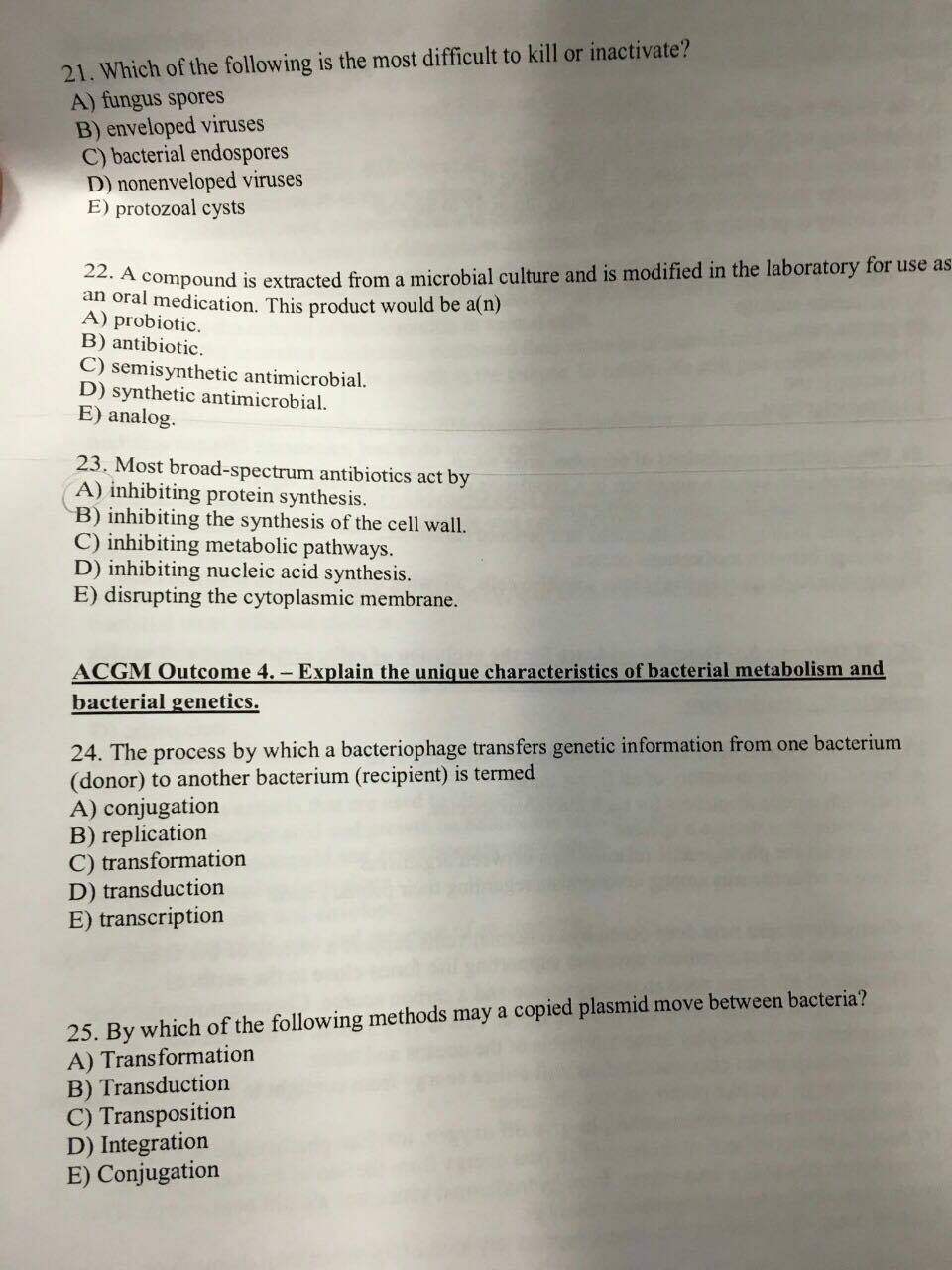
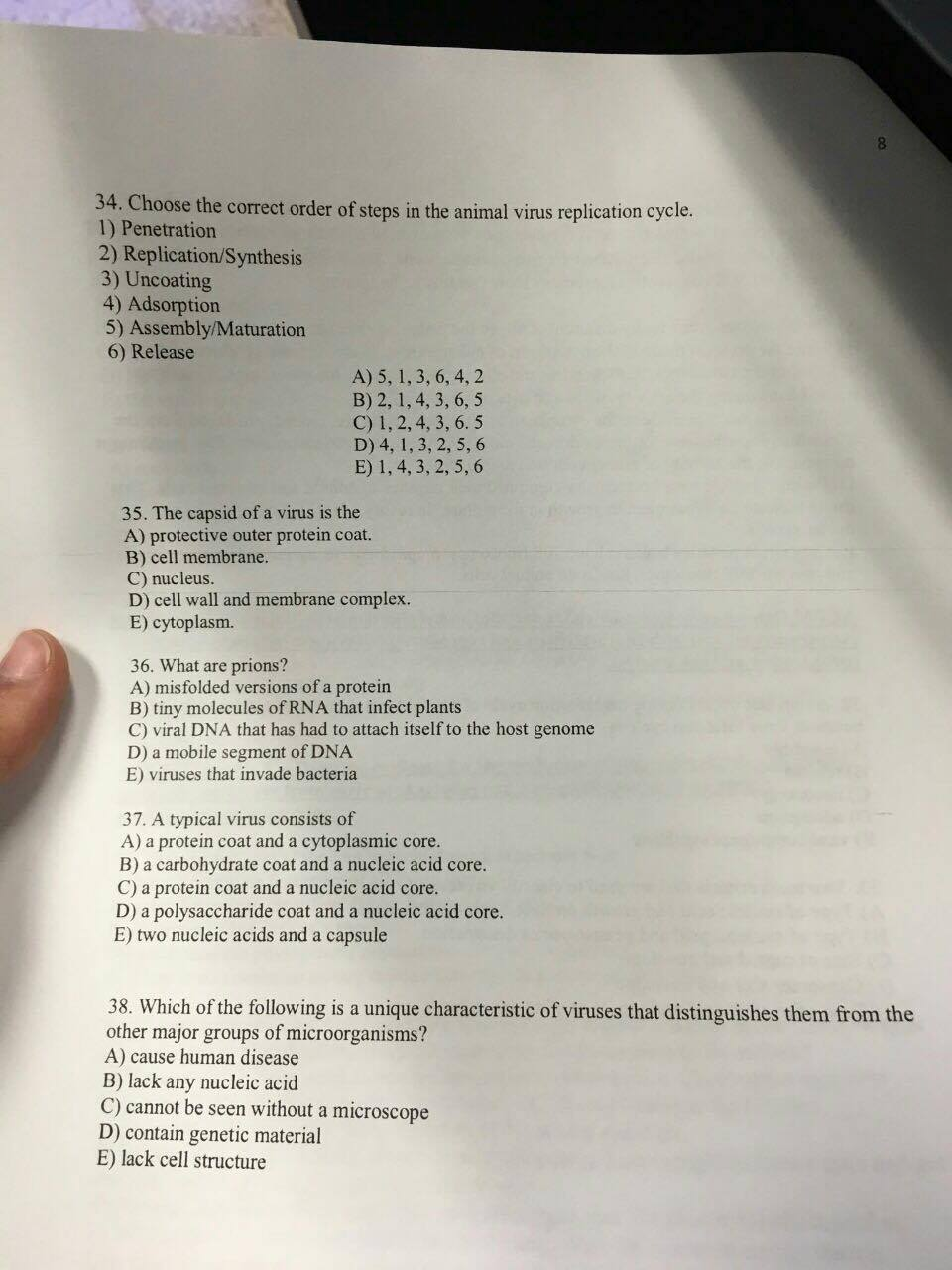
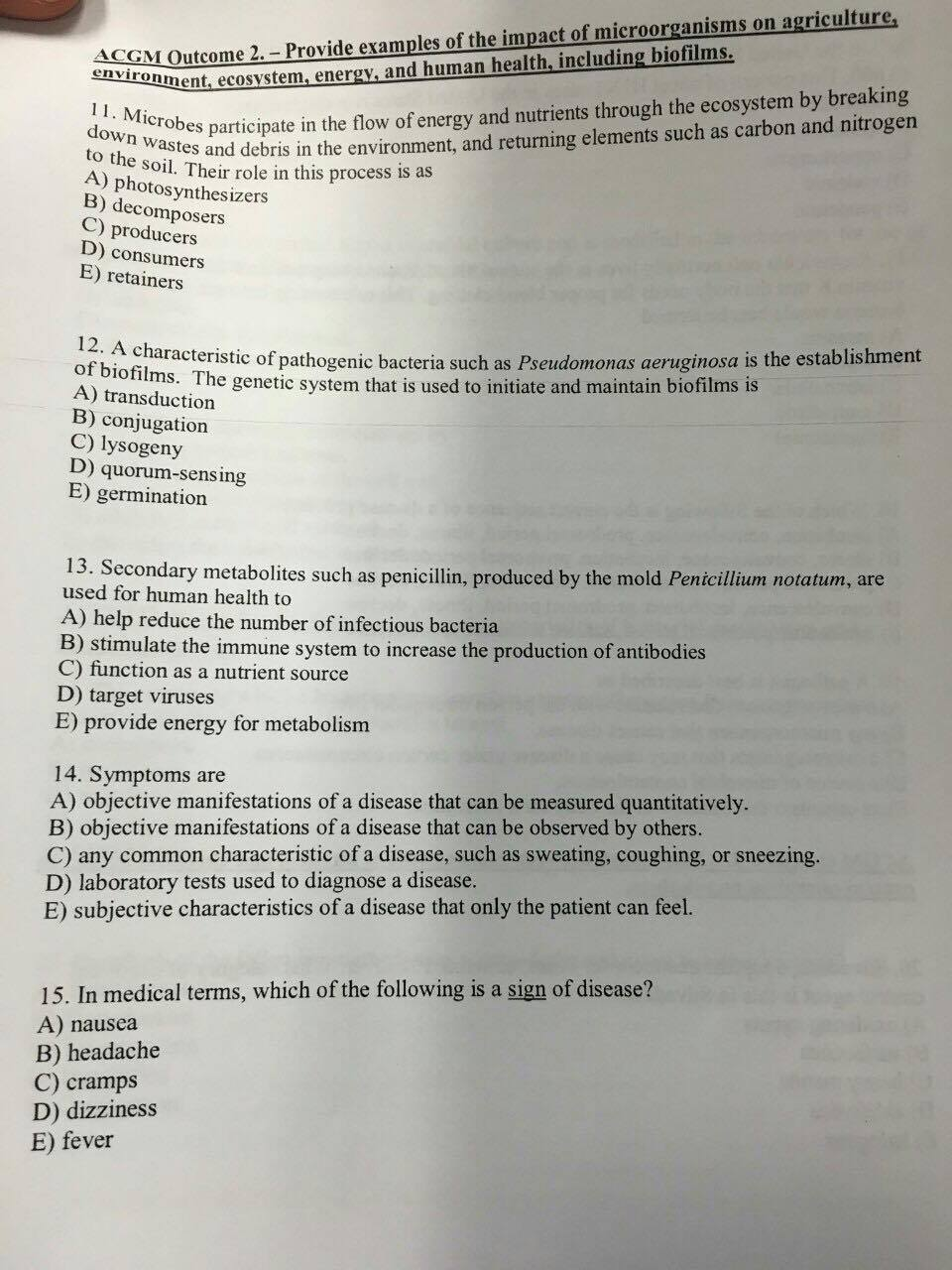
44. What is the result when a macrophage or dendritic cell phagocytizes a microbe and processes it? A) suppression of the immune response to the microbe B) display of microbial fragments complexed with CD8 glycoproteins C) display of microbial antigen - MHC II complexes on the cell surface D) display of antigen-MHC I complexes on the surface of the cell E) activation of the macrophage/dendritic cell to become a plasma cell 45. What is the most efficient and cost-effective way to control infectious diseases? A) hospitalization B) decapitation C) the "Survivor" TV show's immunity idol D) active immunization by vaccination E) passive immunotherapy using immunoglobulins 46. Severe malnutrition may lead to immunodeficiency by A) triggering an inflammatory response. B) preventing the clonal proliferation of B cells. C) promoting the development of food allergies. D) decreasing the ability of the body to produce phagocytes. E) triggering the proliferation of T cells. ACGM Outcome 8. - Explain transmission and virulence mechanisms of cellular and acellular infectious agents. 47. A reservoir is A) an environment that is free of microbes. B) a condition in which organisms remain in the body for a short time. C) a source of microbes for laboratory testing. D) a source of microbial contamination. E) any microorganism that causes disease. 48. Fomites are A) animal sources for human pathogens. B) inanimate objects involved in the indirect contact transmission of pathogens. C) silent carriers of infectious diseases. 10 D) mites that transmit pathogenic foes from an infected host to a noninfected host. E) the infectious proteins which cause "mad cow" disease WRONG ANSWERS!! Instructions: Choose the one best answer for each of the following questions. Place you answer on the scantron answer sheet only - no answers on the test booklet itself will be g Good Luck!! ACGM Outcome 1.- Describe distinctive characteristics and diverse growth requiremer of prokarvotic organisms compared to eukaryotic organisms. 1. Which of the following bacterial structure function pairs is incorrect? A) ribosome - protein biosynthesis B) fimbriae-attachment C) capsule - protection against phagocytosis D) endospore - reproduction E) cell wall - shape and rigidity 2. Which structure is found in some eukaryotic cells but not in any prokaryotic cells? A) Plasma membrane B) Cilia C) DNA genome TIONS DUE TO INCOMPL D) Ribosomes E) Cell wall 3. All of the following are associated with Gram negative cell wall structure except: A) Outer membrane B) Peptidoglycan C) Lipopolysaccharide D) Porins E) Teichoic acid 4. Antibiotic resistance genes found in bacteria can be located on A) the bacterial chromosome B) transposons C) plasmids D) transposons and plasmids E) the bacterial chromosome, transposons, and plasmids 16. In early spring 2009, the CDC reported several dozen cases of novel HIN1 influenza ("swine flu") in the United States. By that summer, the number of confirmed cases was reported at over 40,000. This pattern of novel H1N1 cases in the United States represents a(n) disease. A) sporadic B) epidemic C) opportunistic D) endemic E) pandemic 17. Escherichia coli normally lives in the human intestine, absorbing nutrients and producing the vitamin K that the body needs for proper blood clotting. This relationship between human and bacteria would best be termed A) parasitic B) saprobic C) intracellular D) mutualistic E) commensal 18. Which of the following is the correct sequence of a disease process? A) incubation, convalescence, prodromal period, illness, decline B) illness, convalescence, incubation, prodromal period, decline C) prodromal period, convalescence, incubation, illness, decline D) convalescence, incubation, prodromal period, illness, decline E) incubation, prodromal period, illness, decline, convalescence 19. A pathogen is best described as A) a microorganism that remains with the person throughout life. B) any microorganism that causes disease. C) a microorganism that may cause a disease under certain circumstances. D) a source of microbial contamination. E) an organism that remains in the body for a short time. ACGM Outcome 3.- Distinguish between mechanisms of physical and chemical agents control microbial populations. 20. Silvadene, a topical treatment for burns, contains 1% silver. What category of chemical control agent is this in Silvadene? A) oxidizing agents B) surfactants C) heavy metals D) aldehydes E) halogens 49. Which of the following statements regarding the demonstration of the etiology of disease is FALSE? A) The suspect agent must be present in all cases of disease. B) The suspect agent must cause the disease under investigation when introduced into a susceptible host organism. C) The suspect agent must be isolated and cultured in the laboratory. D) It must be possible to reisolate the suspect agent from the infected experimental host. E) The suspect agent must be the only potential pathogen present in disease cases. 50. A new influenza strain appears and is spreading rapidly. What measures might be taken by public health agencies to stop the spread? A) Facilitate access to vaccines. B) Identify and treat people who are infected. C) Educate members of the public about ways to protect themselves. D) Educate the public, facilitate vaccination, and treat those who are infected. E) Shut down public transportation. 11 5. Cultures of a bacterial species were incubated on the shelf of a refrigerator at 4 C, e After incubation, there was no growth at 37 C and 50 C, slight growth out on the benchtop, and lab benchtop at 22 C, on the shelf of a 37 C incubator and on the shelf of a 50 C incubator abundant growth at refrigeration. What term could be used for this species? A) halophile B) mesophile C) anaerobe D) psychrophile E) capnophile 6. A microorganism that does not have catalase or live in an environment with A) high carbon dioxide. B) high oxygen. C) high salt. D) temperatures above 37 C. E) high acidity. 7. The phase of the bacterial growth curve in which newly inoculated cells are adjusting to their new environment, metabolizing but not dividing, is the A) lag phase. B) log phase. C) stationary phase. D) death phase. E) exponential phase r superoxide dismutase would find it difficult to 8. A fastidious organism might be grown on which of the following types of media? A) enriched media B) differential media C) reducing media D) selective media E) transport media 9. A microbe that grows only at the bottom of a tube of thioglycollate medium is probably a(n) A) microaerophile. B) obligate aerobe. C) facultative anaerobe. D) obligate anaerobe. E) aerotolerant anaerobe. 10. Human pathogens are most properly classified as A) ailurophiles. B) hyperthermophiles. C) mesophiles. D) thermophiles. E) psychrophiles. 21. Which of the following is the most difficult to kill or inactivate? A) fungus spores B) enveloped viruses C) bacterial endospores D) nonenveloped viruses E) protozoal cysts 22. A compound is extracted from a microbial culture and is modified in the laboratory for use as an oral medication. This product would be a(n) A) probiotic. B) antibiotic. C) semisynthetic antimicrobial. D) synthetic antimicrobial. E) analog. 23. Most broad-spectrum antibiotics act by A) inhibiting protein synthesis. B) inhibiting the synthesis of the cell wall. C) inhibiting metabolic pathways. D) inhibiting nucleic acid synthesis. E) disrupting the cytoplasmic membrane. ACGM Outcome 4. - Explain the unique characteristics of bacterial metabolism and bacterial genetics. 24. The process by which a bacteriophage transfers genetic information from one bacterium (donor) to another bacterium (recipient) is termed A) conjugation B) replication C) transformation D) transduction E) transcription 25. By which of the following methods may a copied plasmid move between bacteria? A) Transformation B) Transduction C) Transposition D) Integration E) Conjugation 34. Choose the correct order of steps in the animal virus replication cycle. 1) Penetration 2) Replication/Synthesis 3) Uncoating 4) Adsorption 5) Assembly/Maturation 6) Release A) 5, 1, 3, 6, 4, 2 B) 2, 1, 4, 3, 6, 5 C) 1, 2, 4, 3, 6. 5 D) 4, 1, 3, 2, 5, 6 E) 1, 4, 3, 2, 5, 6 35. The capsid of a virus is the A) protective outer protein coat. B) cell membrane. C) nucleus. D) cell wall and membrane complex. E) cytoplasm. 36. What are prions? A) misfolded versions of a protein B) tiny molecules of RNA that infect plants C) viral DNA that has had to attach itself to the host genome D) a mobile segment of DNA E) viruses that invade bacteria 37. A typical virus consists of A) a protein coat and a cytoplasmic core. B) a carbohydrate coat and a nucleic acid core. C) a protein coat and a nucleic acid core. D) a polysaccharide coat and a nucleic acid core. E) two nucleic acids and a capsule 38. Which of the following is a unique characteristic of viruses that distinguishes them from the other major groups of microorganisms? A) cause human disease B) lack any nucleic acid C) cannot be seen without a microscope D) contain genetic material E) lack cell structure down wastes and debris in the environment, and returning elements such as carbon and nitrogen 11. Microbes participate in the flow of energy and nutrients through the ecosystem by breaking to the soil. Their role in this process is as A) photosynthesizers B) decomposers C) producers D) consumers E) retainers ACGM Outcome 2. - Provide examples of the impact of microorganisms on agriculture, environment, ecosystem, energy, and human health, including biofilms. 12. A characteristic of pathogenic bacteria such as Pseudomonas aeruginosa is the establishment of biofilms. The genetic system that is used to initiate and maintain biofilms is A) transduction B) conjugation C) lysogeny D) quorum-sensing E) germination 13. Secondary metabolites such as penicillin, produced by the mold Penicillium notatum, are used for human health to A) help reduce the number of infectious bacteria B) stimulate the immune system to increase the production of antibodies C) function as a nutrient source D) target viruses E) provide energy for metabolism 14. Symptoms are A) objective manifestations of a disease that can be measured quantitatively. B) objective manifestations of a disease that can be observed by others. C) any common characteristic of a disease, such as sweating, coughing, or sneezing. D) laboratory tests used to diagnose a disease. E) subjective characteristics of a disease that only the patient can feel. 15. In medical terms, which of the following is a sign of disease? A) nausea B) headache C) cramps D) dizziness E) fever
Step by Step Solution
★★★★★
3.44 Rating (154 Votes )
There are 3 Steps involved in it
Step: 1
The detailed answer for the above question is provided below 44 What is the result when a mac roph age or d end ritic cell ph ag ocy t izes a micro be and processes it ANSWER C display of microbial an...
Get Instant Access to Expert-Tailored Solutions
See step-by-step solutions with expert insights and AI powered tools for academic success
Step: 2

Step: 3

Ace Your Homework with AI
Get the answers you need in no time with our AI-driven, step-by-step assistance
Get Started


